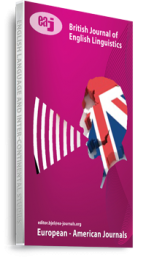There is a growing need today for teachers to tailor their instructions to meet the different learner profile and learning styles in the classroom. The ESL teacher has greater challenges given that the English language has become a global language, and that most ESL classrooms include students with a wide variety of academic needs, cultural backgrounds, learning styles, and languages. Differentiated instruction is the panacea to cater for all these challenges faced by the ESL teacher in this globalized era. In a differentiated classroom, the teacher closely assesses and monitors skills, knowledge levels and interests to determine effective ways for all students to learn; thereby ensuring learner-centredness, equity and inclusive education. This paper explores how content, method, material and assessment can be differentiated in a Reading Comprehension English as a Second Language class. The issues in this paper are based on the social development theory as propounded by Vygotsky (1978)
Keywords: Differentiation, ESL, Inclusive Education, Reading Comprehension

